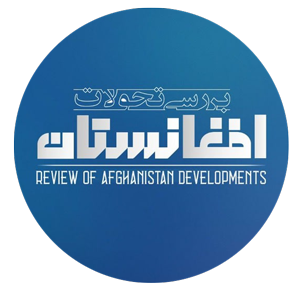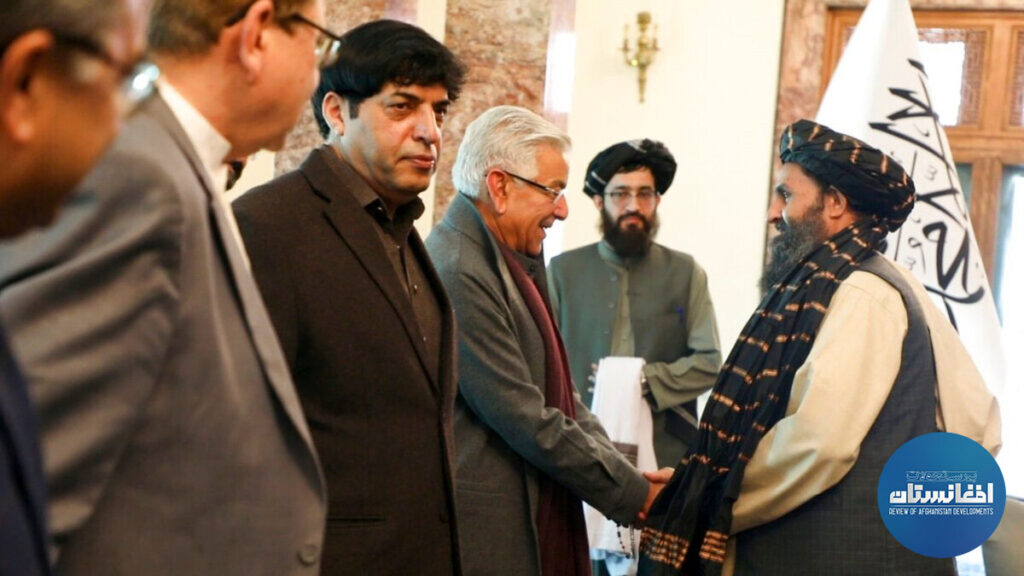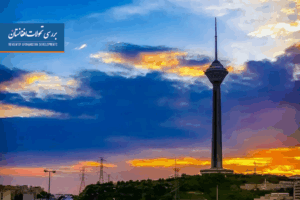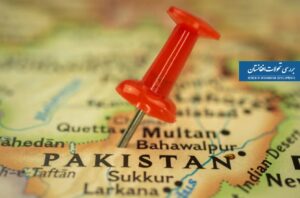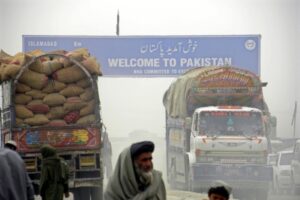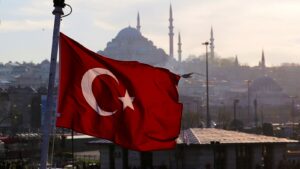Review of developments in Afghanistan
From the beginning of the Soviet Red Army’s invasion of Afghanistan until 2001, Pakistan’s geography had a unique and decisive role and position in the developments in Afghanistan and the region, but after the developments of 2001 and the presence of NATO and the United States in Afghanistan, this importance and role was transferred to Afghanistan.
Islamabad, seeking to restore its geopolitical influence in the region, assumed a new role in the events unfolding in Afghanistan, which contributed to the expedited withdrawal of NATO forces from the country. Following the fall of the previous Afghan administration and the resurgence of the Taliban, Islamabad anticipated that the Taliban would become a strategically significant yet relatively weak ally in Afghanistan, capable of playing a crucial role in both its foreign and domestic affairs. Nevertheless, contrary to these expectations, it soon became evident that Pakistan’s endeavors were in vain, as diplomatic relations with the Taliban government encountered significant and unforeseen obstacles.
The Taliban’s authoritarian approach towards Pakistan
The Taliban, after gaining political sovereignty in Afghanistan, swiftly embarked on a process of reorganization and sought to present itself as a cohesive political and national entity, moving beyond its factional and militant roots. This strategic transformation led to the emergence of two distinct approaches in the Taliban government’s foreign policy toward Islamabad.
First, the Taliban government openly defied its past dependence on and subordination to Pakistan, seeking to blend its diplomatic dealings with the country with a sense of Afghan national pride. This policy toward Islamabad not only resonated favorably with Afghan public opinion but also neutralized opponents’ propaganda alleging the Taliban’s subservience to Pakistan. The most recent manifestation of this approach was evident during the visit of Pakistan’s foreign minister to Kabul: while the previous Afghan government would adorn the route from the airport to the Arg with Pakistani flags upon the arrival of Pakistani delegations, the Taliban government gave a notably cold reception to the visiting Pakistani delegation, led by Muhammad Ishaq Dar.
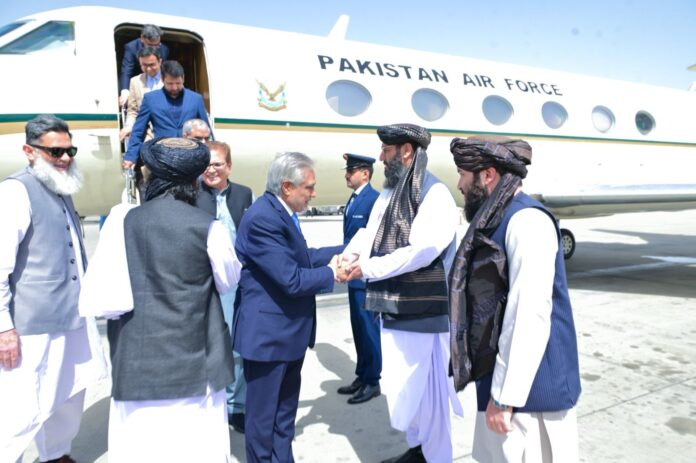
Second, the Taliban government—drawing on its understanding of Islamabad’s historical policy toward Afghanistan—has now secured the tools to shape its engagement with Pakistan. Having closely observed Pakistan’s Afghan policy for nearly three decades, the Taliban were well aware of the leverage needed for any potential confrontation with Islamabad. It is this very calculus that has turned the TTP (Tehrik-i-Taliban Pakistan) into the focal point of tensions between the two countries.
Leveraging a dual approach of threat and diplomacy
In a reactive stance toward the Taliban government, Islamabad has once again embarked on a historically misguided path. The mass expulsion of Afghan migrants, the securitization of bilateral relations, and the exploitation of transit routes are among the measures Pakistan has employed over the past three years to pressure the Taliban government. Simultaneously, ISlamabad has consistently sought to coerce the Taliban into diplomacy and dialogue through these pressure tactics.
The airstrike conducted during the visit of Pakistan’s diplomatic delegation to Kabul (December 2023), followed by the recent announcement of mass forced deportations coinciding with Foreign Minister Ishaq Dar’s visit, demonstrates Islamabad’s dual-track foreign policy toward Kabul.
An objective assessment suggests that Islamabd’s policy toward Afghanistan over the past half-century has proven ineffective, as evidenced by historical experience. The Taliban government’s conduct over the last three years further demonstrates that Islamabad’s dual-track approach—mixing threats with diplomacy—has produced counterproductive results.
Practical advice
Evidence suggests that the fundamental tensions between these two neighboring nations have remained unresolved, despite changes in governments in both Kabul and Islamabad. Key obstacles and challenges in Pakistan-Afghanistan relations include:
India’s growing influence in Afghanistan and Kabul’s strategic alignment with New Delhi
Ongoing territorial and border disputes between Afghanistan and Pakistan
Pakistan’s instrumental use of regional transit routes
Islamabad’s reliance on armed proxy groups
These factors continue to shape the contentious dynamics between the two countries.
The national interests of both countries necessitate that Kabul and Islamabad replace their traditional Cold War-era policies with a sustainable engagement strategy, leveraging contemporary regional dynamics.
The establishment of specialized and proficient working groups from both nations can investigate the underlying causes of the conflict and the challenges faced, within a rational and pragmatic environment, and develop a strategy to enhance amicable relations and stable partnerships that will ensure the commitment of future administrations in both countries.
